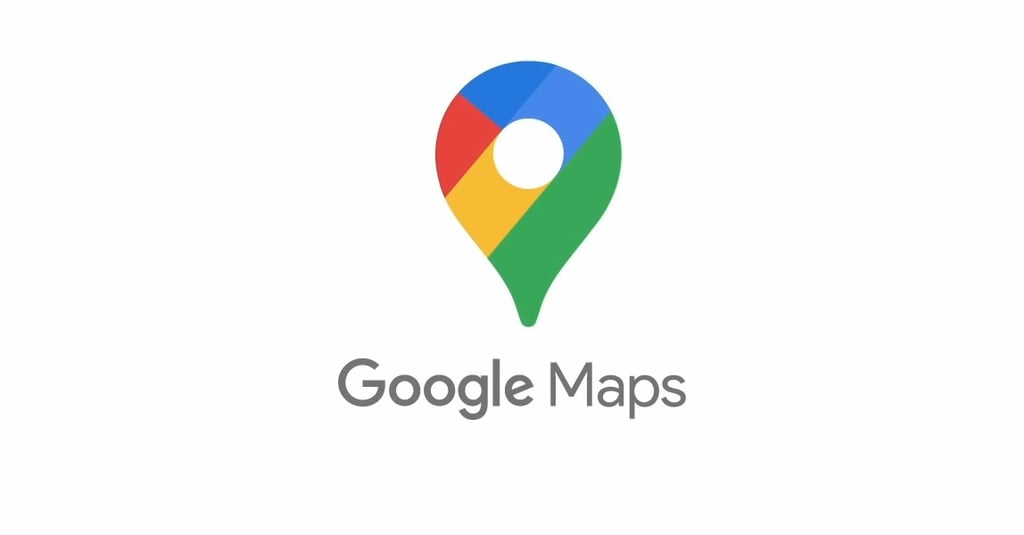Google Maps AI Agent Enables Interactive Project Creation
Google Maps introduces an AI agent powered by Gemini AI that generates code for interactive map projects, enabling creators to build complex applications without deep coding skills, enhancing navigation and fostering innovation across industries.
AITECH INFRASTRUCTURETECHNOLOGY
Eric Sanders
11/12/20254 min read


Google Maps and Gemini AI: The Dawn of a New Era in Interactive Mapping
Google Maps has long been the undisputed king of navigation apps. Whether it’s guiding commuters through rush-hour traffic or helping tourists find hidden gems abroad, it has shaped the way millions traverse the world daily. But beneath the familiar interface lies a massive ecosystem of map data and functionality, mostly locked behind lines of code that only a select few can wield expertly. Until now.
With the launch of a new AI agent powered by Google’s Gemini AI, Google Maps is taking an ambitious leap forward—one that could redefine how maps are created, customized, and integrated. This isn’t just a marginal upgrade; it’s a paradigm shift that opens the door for creators, developers, and innovators, regardless of their coding prowess, to build complex, interactive map projects quickly and efficiently.
Breaking Free From Code Complexity
Coding has always been a significant barrier to entry for sophisticated map projects. While APIs and developer tools exist, they often require a deep understanding of programming languages and frameworks. For creators outside the realm of software engineering—such as urban planners, event coordinators, environmental scientists, or small-business owners—this complexity makes innovation cumbersome and out of reach.
Enter Gemini AI’s new agent integrated with Google Maps. This AI-powered assistant can generate functional code snippets based on user prompts, effectively translating ideas into interactive map applications without the need for expertise in JavaScript, Python, or any specialized language.
Imagine wanting to create a custom map that highlights accessible routes for wheelchair users across a city or an interactive map showing seasonal pop-up events with live updates. Previously, these ideas would require a skilled developer to make them a reality. Now, with a few carefully crafted prompts, the AI agent “writes” the necessary code, letting users focus on what matters: the design, data, and user experience.
Empowering Creativity and Innovation Across Industries
This breakthrough is more than a convenience; it could catalyze innovation across a broad array of fields:
- Urban and Environmental Planning: Easily generate maps that analyze and visualize environmental impact or infrastructure projects.
- Real Estate and Tourism: Build dynamic property or travel guides tailored to specific audiences quickly.
- Education: Craft interactive maps for classroom use, showing historical events, environmental data, or geographic phenomena.
- Event Management: Design navigation aids for large events, optimizing attendee flow and improving safety protocols.
The underlying potential here lies in how AI can democratize access to powerful digital tools. When the technical heavy lifting is offloaded onto an intelligent assistant, creators can iterate faster, experiment more boldly, and bring novel ideas to life with fewer constraints.
What Google’s Gemini AI Means for the Future of Navigation
Google's Gemini AI agent signals the arrival of a new model for interaction with complex platforms. Rather than forcing users to conform to rigid software interfaces or demanding knowledge of arcane coding languages, AI bridges the gap between concept and execution.
A key element here is the interactive nature of the generated code. It’s not static; it supports ongoing refinement, letting creators tweak features, add new data layers, or modify behaviors dynamically—all through conversational prompts and adjustments.
This ability to generate tailor-made, interactive projects on-demand represents a game-changer in scaling innovation. The barrier to entry lowers dramatically; creative energy can be channeled into solving problems and enhancing experiences rather than wrestling with syntax errors or debugging.
“The AI agent effectively translates ideas into interactive applications without requiring deep coding skills.”
This statement from the announcement encapsulates the essence of the shift. It’s not just about producing code—it’s about empowering people to translate their insights into tools that others can use, understand, and benefit from.
How to Harness This Technology Today
Though still in early stages, developers and creators eager to experiment with Google Maps and Gemini AI should consider the following steps:
- Define Your Project Goals Clearly: The AI performs best with precise prompts. Knowing what problem you want to solve or what story you want the map to tell is crucial.
- Start Simple, Then Expand: Begin with basic projects to get comfortable with the AI’s capabilities before moving on to more complex interactive features.
- Leverage Community Resources: Join forums or Google’s developer hubs to learn from early adopters and share best practices.
- Iterate Rapidly: Use the AI’s ability to quickly generate and adjust code snippets to refine your applications continuously.
The combination of Google Maps’ exhaustive spatial data and Gemini AI’s code-generating power offers unmatched flexibility. Whether you’re creating a niche app for a local cause or innovating on a global scale, this fusion sets the stage for a new era of map-based creation.
Who Will Change How We Navigate Tomorrow?
Google’s integration of Gemini AI into Google Maps might sound like just another tech update, but it’s much more — it’s an invitation. An invitation for visionaries of all stripes to engage with one of humanity’s oldest tools: the map. With the power to generate interactive, data-rich applications at your fingertips, the possibilities are nearly limitless.
This leads to the question: who will take this power and reshape not only how we find our way but how we understand and interact with the world around us? Will it be the educator crafting immersive lessons, the urbanist designing smarter cities, or the entrepreneur telling new stories through geography?
And perhaps more importantly—how will this newfound accessibility to advanced mapping tools change your approach to problem-solving, creativity, or innovation in your own field?
The future of navigation is no longer just about directions. It’s about building dynamic, intelligent experiences that connect people, data, and places in ways we have barely begun to imagine. Where will you go from here?
Efficiency
Transform your workflows and reclaim your time.
Contact Us
Need A Custom Solutions? Lets connect!
eric.sanders@thedigiadvantagepro.com
772-228-1085
© 2025. All rights reserved.
